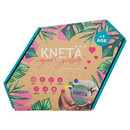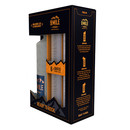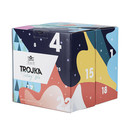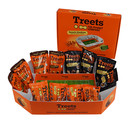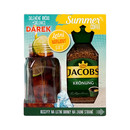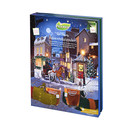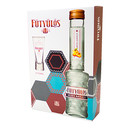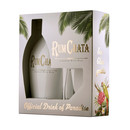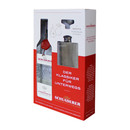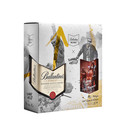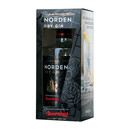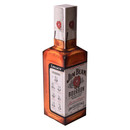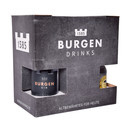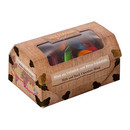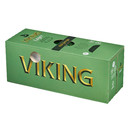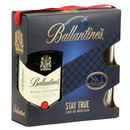STI Group packaging showcases brands
Shoppers typically focus their attention on individual packaging for no longer than 1.6 seconds. That gives the packaging a very limited time during which to do two things: capture shopper attention within the category and communicate the brand message effectively.
Studies have shown that although a typical person may set off to a store with an idea of the items they wish to buy, around two-thirds of consumers don’t make their final purchase decision until they reach the point of sale. Gift boxes or occasion-based promotional packaging can be a particularly effective way to grab their attention and encourage shoppers to pick up a product. Shoppers respond most positively to promotional packaging design that looks elegant, has substantial content and includes information about the contents. To convey high product quality to shoppers and consumers, both visibly and tangibly, STI Group’s design teams create a broad and versatile range of promotional packaging. Applying years of expertise across numerous product categories, the final design might use any combination of unusual shapes, creative print, eye-catching or textured finishes and integrated viewing windows.




